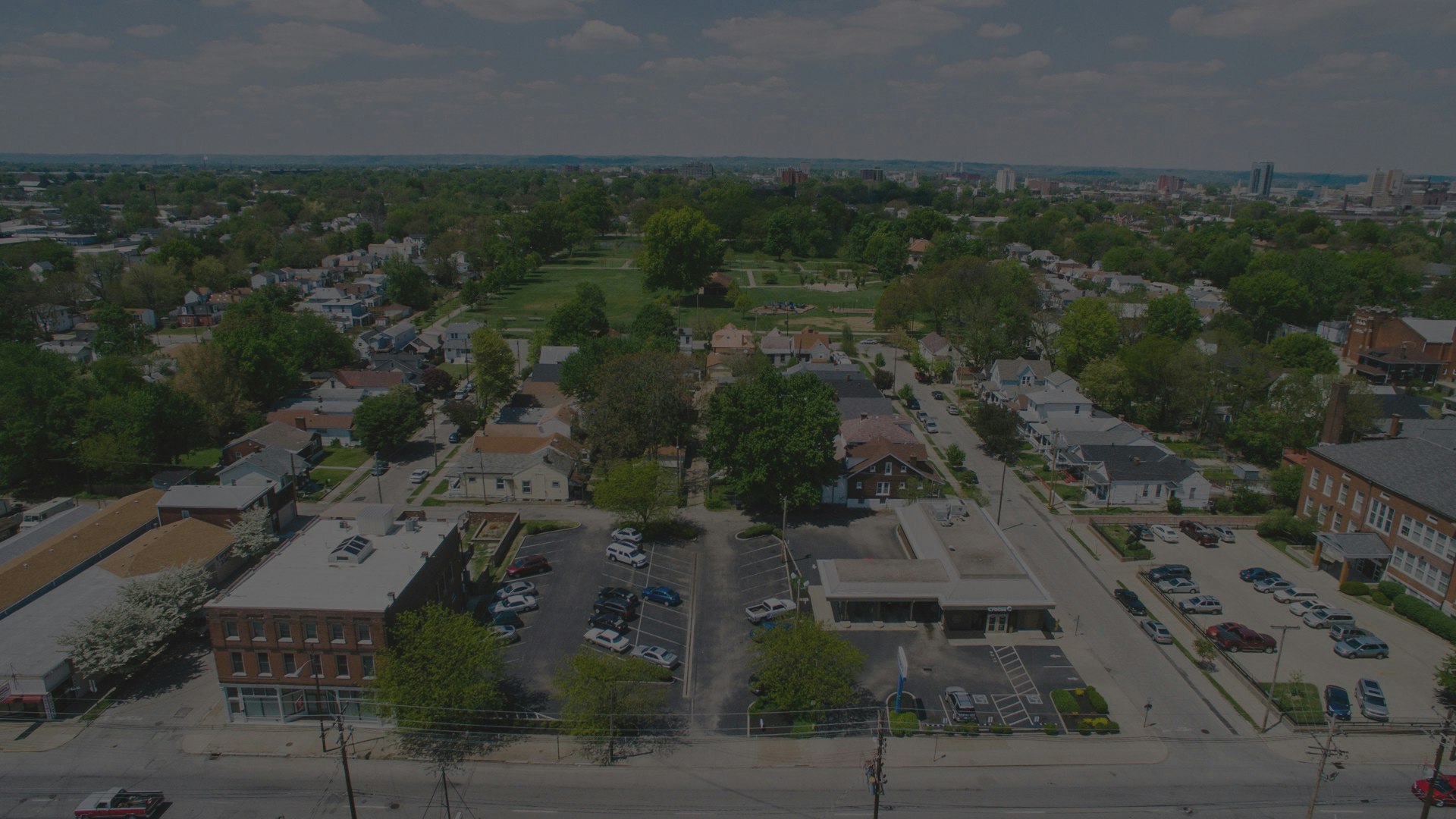
Kiva Playbook: Building a Kiva Community
Every community is a team. And every team needs a leader: someone who can cast a vision and create opportunities for that vision to be realized. Building a Kiva Community is a playbook for leaders who desire to drive social change and create economic impact.
Why a Kiva Community Matters
Even the best leaders need buy-in from their team to make a great idea work. Kiva is a powerful platform, but it’s only effective to the extent that a community uses it as a tool to leverage capital and access. When people come together to talk about, explore and use Kiva, it becomes integrated into the fabric of a regional economy such that it’s a normative part of the entrepreneurial process. Without that buy-in, particularly in more rural areas without a population of early adopters, Kiva will remain the enclave of third-world countries and in-the-know urbanites.
After the launch of Kiva Louisville in November 2014, Access Ventures realized the need for a more developed playbook on launching a successful community. By shifting from external leadership and funding to local leadership and funding, Access Ventures was able to create a much more agile model in which a larger portion of launch-generated funding went to local entrepreneurs. More importantly, the new model established a process that supported ongoing buy-in from the local community, who inevitably is best suited to manage regional Kiva efforts in the long run.
As of September 2018, the efforts of this playbook across three regions (Louisville, Columbus, & Tulsa) has resulted in:
- Borrowers 250+ (55% female & 54% minority)
- Lenders 15,600+ (12,700+ from the United States & many first time lenders)
- Total loan amount $1,500,000+ (of new money to support local small businesses)
- Match Loans $450,000
Kiva communities experience between 7 and 10 times the impact on an economy, in a shorter period of time, than individual borrowers finding Kiva online on their own.
We’ve heard it said that there’s always a story behind the story. If nothing else, that is certainly true of Kiva communities. On the surface, a Kiva community is about creating a more vibrant and successful economy with more capital access and more business growth. But that’s just the story. The story behind the story is that Kiva communities create more opportunities for individuals to find joy and fulfillment in their work; that Kiva allows people of all backgrounds to experience ownership over businesses and projects; and that Kiva opens the doors a little wider to let entire communities participate in their neighbor’s successes.
At Access Ventures, our team has found Kiva communities to be a significant engine for social change in neighborhoods across the United States. Our hope is that as champions rise up to start Kiva communities, the transformation we are witnessing in a handful of cities becomes a larger momentum for empowerment and inclusivity.
*Developed through the Michael Rubinger Community Fellowship (Bryce Butler 2017), a program of Local Initiatives Support Corporation (LISC).


Zero Barriers Moonshot: Could $1 Trillion Restore the American Dream?
When President Kennedy announced the Moonshot, NASA had mapped out milestones that we needed to hit within the next 12 months, 24 months, 5 years in order to reach the Moon within a decade. Today, we need a Moonshot for the American Dream – starting with the entrepreneurs that enable it.
Let’s face it…
Entrepreneurship drives American dynamism and economic growth, but it’s in a rut. The rate of new business creation in the US is lower than at any point in the past thirty years. The businesses that do grow and scale tend to be clustered in a few ‘hot spots’ around the country: more than three-quarters of venture capital investment in the US goes to just three states (Massachusetts, New York and California). And the people who receive startup investment in the US don’t fully represent the American public: less than 5% goes to female founders and less than 1% goes to companies started by African-Americans and Latinos.
Put simply, the opportunity to start and grow a business is not equally accessible to hard-working entrepreneurs everywhere in the United States. And because of that fact, our country’s economic dynamism is in crisis, as is the American Dream.
We need a Moonshot for the American Dream, and in April 2017 the Ewing Marion Kauffman Foundation convened a diverse group of 50 professionals to map out goals and milestones for this Moonshot, just like the NASA planners in 1963. Over two days in Kansas City, the group discussed one fundamental question: What would we do with a trillion-dollar collective investment in entrepreneurs across the United States?
We challenged ourselves to think through the lens of a transformational moonshot: what would it take to deploy $1 trillion dollars in new businesses over the next 10.
Victor Hwang, Kauffman Foundation
In the 1960’s, NASA worked with people from all different parts of industry (banking, steel, electronics) because they realized a space mission was a challenge no one industry, company or individual could tackle. Similarly, the convening in Kansas City brought together bankers, venture capitalists, community development finance executives, entrepreneurs, representatives from government entities, faith community leaders, and aligned foundations. Through a series of iterative workshop sessions we engaged their collective insights and began to design solutions.
The group generated hundreds of ideas that could help to bring about a substantial sea-change in our system for investing in entrepreneurs. But ideas are one thing: practicality is another. At each phase of the process, ideas were refined and those with highest-potential were put to a group deliberation; finally a participatory budgeting process identified solutions with the greatest evidence of promise. This report is a compilation of those ideas.
As Victor Hwang, Vice President of Entrepreneurship at the Kauffman Foundation, said: “Only when you sketch out the future can you know what you need to do in the present.”
How would you invest $1 trillion in America’s under-served entrepreneurs over the next decade?